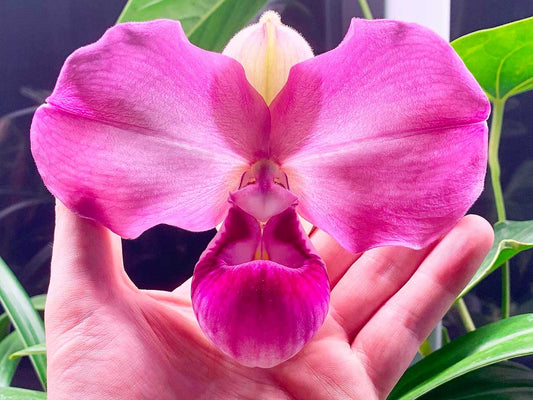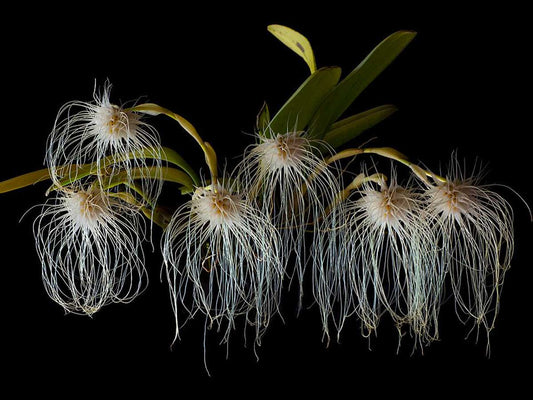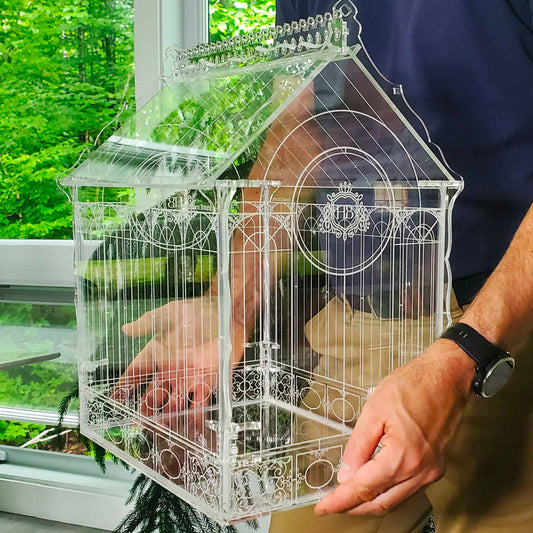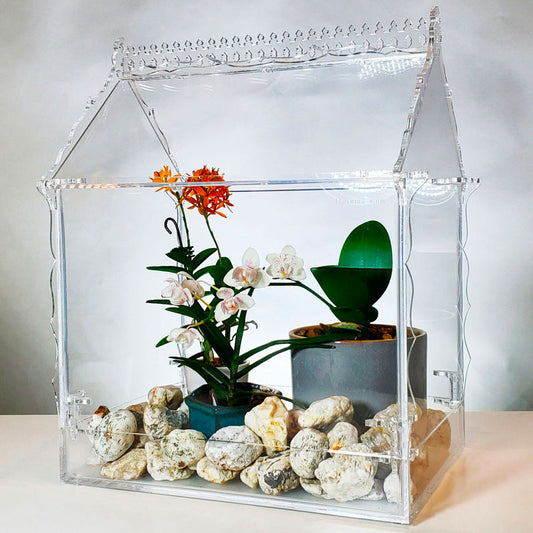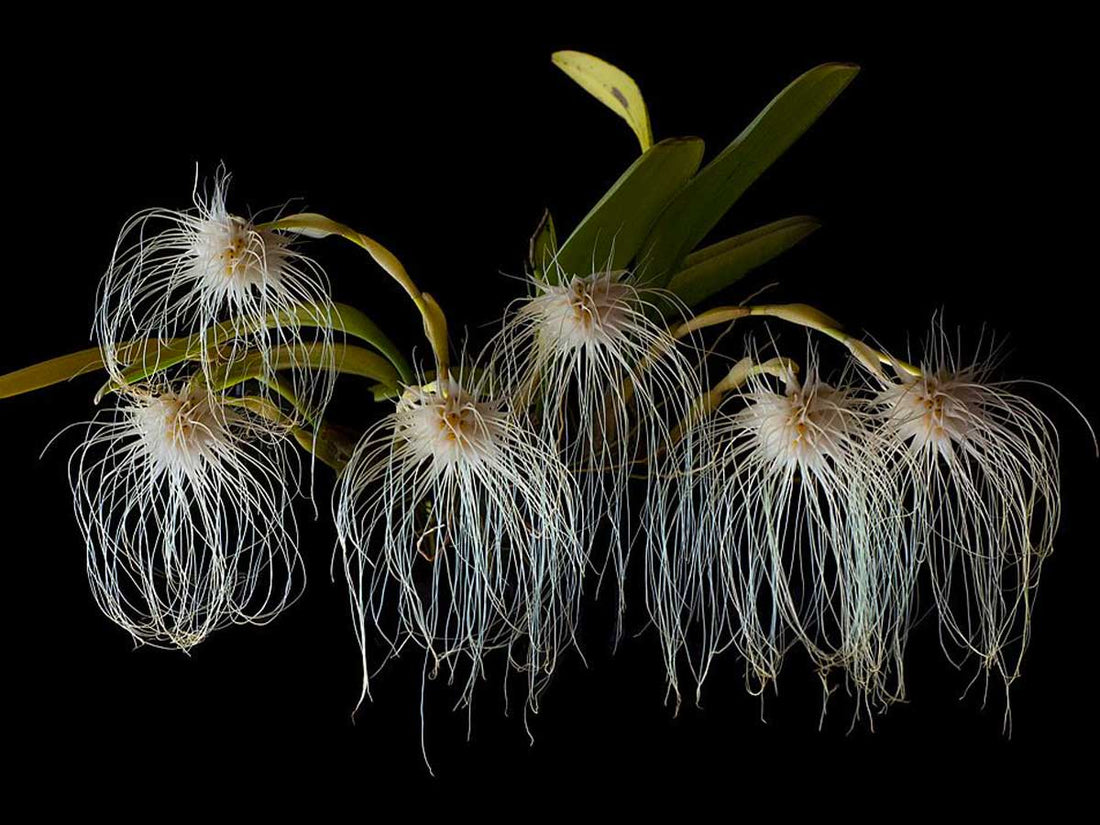
Bulbophyllum medusae: Tips for spectacular blooming
Christian St-PierreThe Bulbophyllum medusae is an epiphytic orchid native to the tropical forests of Southeast Asia, including Malaysia, Thailand, and Borneo. Discovered in the 19th century, this orchid is famous for its spectacular inflorescences that resemble the hair of Medusa from Greek mythology.
It is often grown on a wooden or cork mount, allowing its roots to attach and develop freely, thus mimicking its natural conditions in the tropical forest canopy. This cultivation method promotes better air circulation around the roots, reducing the risk of rot and fungal diseases.
Characteristics:
- Flowers: The flowers are small but numerous, grouped in long filamentous inflorescences that give it a unique and fascinating appearance.
- Leaves: Oval and leathery leaves arranged in a rosette.
- Blooming: Spectacular blooming, usually in summer and autumn, with flowers that emit a subtle but pleasant fragrance.
Care:
Growing Bulbophyllum medusae requires specific but rewarding care. Here are some tips to ensure optimal growth:
Light: This orchid prefers low to moderate light. Avoid direct sunlight, which can burn the leaves. Filtered light or partial shade is ideal to promote healthy growth and abundant flowering.
Temperature: Maintain a daytime temperature of 20-25°C (68-77°F) and a nighttime temperature of 15-20°C (59-68°F). Bulbophyllum medusae prefers constant temperatures without extreme fluctuations.
Humidity: This orchid requires high humidity, ideally between 70 and 90%. For best results, grow it in a mini greenhouse like those from Hanami Botanic. Add a small container of water to increase humidity inside the greenhouse.
Watering: Keep the substrate slightly moist, but let it dry out partially between waterings. Water more frequently during the active growth season and reduce watering in winter.
Substrate: Use a well-draining substrate composed of fine bark, perlite, and sphagnum moss. Repot every 2 to 3 years or when the substrate starts to decompose to maintain good root aeration.
Fertilization: Apply a balanced, diluted orchid fertilizer every two weeks during the active growth period. Reduce fertilization during the winter rest period.

Why Grow in a Mini Greenhouse:
Growing Bulbophyllum medusae in one of our mini greenhouses offers numerous benefits. Mini greenhouses allow for precise control of environmental conditions, such as temperature, humidity, and light, which are essential for the health and blooming of this orchid. Additionally, they protect the plant from extreme weather fluctuations and pests.
Discover our mini greenhouses today and transform your space into a sanctuary for your orchids!
Our mini greenhouses are designed to create an ideal microclimate, making the cultivation of this fascinating orchid accessible even to amateur gardeners. Enjoy the pleasure and satisfaction of seeing one of the world's most unique and captivating orchids bloom in your own mini greenhouse. We have also developed a specially designed mount to display this orchid in bloom, whether on a living room table or at a dinner with friends, allowing all your guests to admire its exceptional beauty.
By following these care tips, you can enjoy the exceptional beauty of Bulbophyllum medusae while reaping the benefits of growing it in a mini greenhouse. Transform your space into a true sanctuary for your orchids and be captivated by their timeless elegance.




